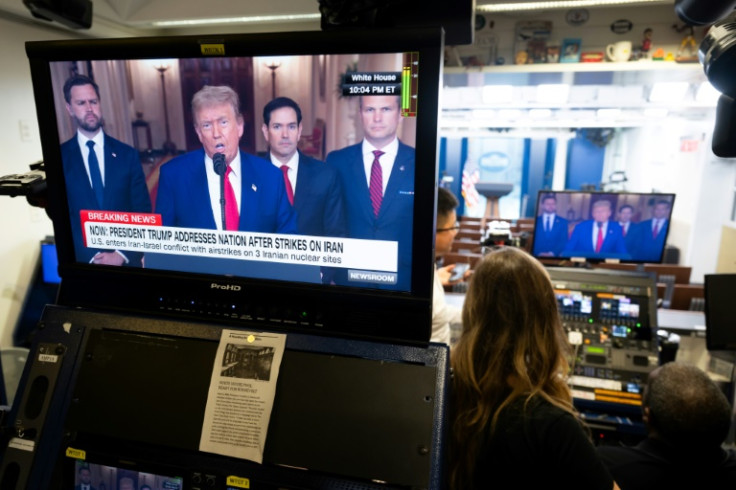Truth About Student Loans Under Trump's Big, Beautiful Bill: 460K Will Be Denied Repayment Plan
President Trump's One Big Beautiful Bill eliminates the income-driven SAVE plan, disqualifying about 460,000 borrowers from affordable repayments starting 1 August 2025

Thousands of American student loan borrowers face a sharp rise in monthly instalments following the repeal of a widely used income-based repayment scheme. President Donald Trump's new legislation, dubbed the One Big Beautiful Bill (OBBB), signed into law on 4 July 2025, introduces sweeping changes to the US federal student loan system.
The most controversial aspect of the bill is the elimination of the SAVE (Saving on a Valuable Education) scheme, which previously allowed borrowers to make repayments based on their earnings. From 1 August, an estimated 460,000 students will no longer qualify for the plan, sparking concern among low-income households and public sector workers.
What Was the SAVE Scheme and Who Loses Out?
SAVE was introduced under the Biden administration as a more generous income-driven repayment option. Undergraduate borrowers paid as little as 5 per cent of their discretionary income, while graduate borrowers paid up to 10 per cent, according to Politico. Any unpaid interest was cancelled if minimum payments were met.
According to the US Department of Education, over 7.7 million borrowers enrolled in SAVE. Around 460,000 of them are now ineligible under the new law. Many were auto-enrolled when older schemes were phased out, creating confusion around who remains eligible. The Student Borrower Protection Centre estimates some could see their monthly instalments rise by as much as US $300 (approx. £230).
New Options, Fewer Protections
OBBB replaces SAVE with two options: a fixed-term repayment plan and a Repayment Assistance Plan (RAP). Though RAP is income-sensitive, it lacks key protections. There is no cap tied to income levels, and forgiveness only applies after 30 years of regular payments.
Other income-driven options, including PAYE (Pay As You Earn), IBR (Income-Based Repayment), and ICR (Income-Contingent Repayment), are set for complete removal by July 2028. These schemes have offered flexibility based on income and family size, albeit with differences in forgiveness timelines and interest treatment. Their elimination leaves many with no choice but to opt for more expensive, fixed-term repayments.
Economic Concerns and Political Response
Sameer Gadkaree of The Institute for College Access & Success noted that repealing SAVE could trigger a rise in defaults, particularly among lower-income borrowers. More than six million borrowers are already over 90 days behind on repayments in Q1 2025, and reduced flexibility may push many into financial distress, according to the New York Federal Reserve.
The change has also drawn strong political reaction. Several education advocacy groups and lawmakers, like Senator Elizabeth Warren, have criticised the move as regressive, arguing it disproportionately affects low-income students, early-career professionals, and those in public service. Critics warn the reforms may push more people toward private lenders, where interest rates are typically higher and safeguards minimal.
Transition Support and Uncertainty Ahead
While the Department has pledged support, urging borrowers to explore RAP or any remaining income-contingent options. Critics argue that communication around the transition has been unclear and the timeline too rushed for borrowers to make informed financial decisions before the August deadline.
As the student loan landscape rapidly changes, borrowers face mounting uncertainty. While proponents of the One Big Beautiful Bill argue that it simplifies a long-complicated system, opponents say the loss of safety nets will place greater pressure on working-class graduates.
With many income-driven plans nearing expiration and fewer protections offered by replacements, the need for financial planning is more urgent than ever. The coming months will test how well the student loan system can serve borrowers navigating an evolving and increasingly rigid repayment environment.
© Copyright IBTimes 2025. All rights reserved.





















